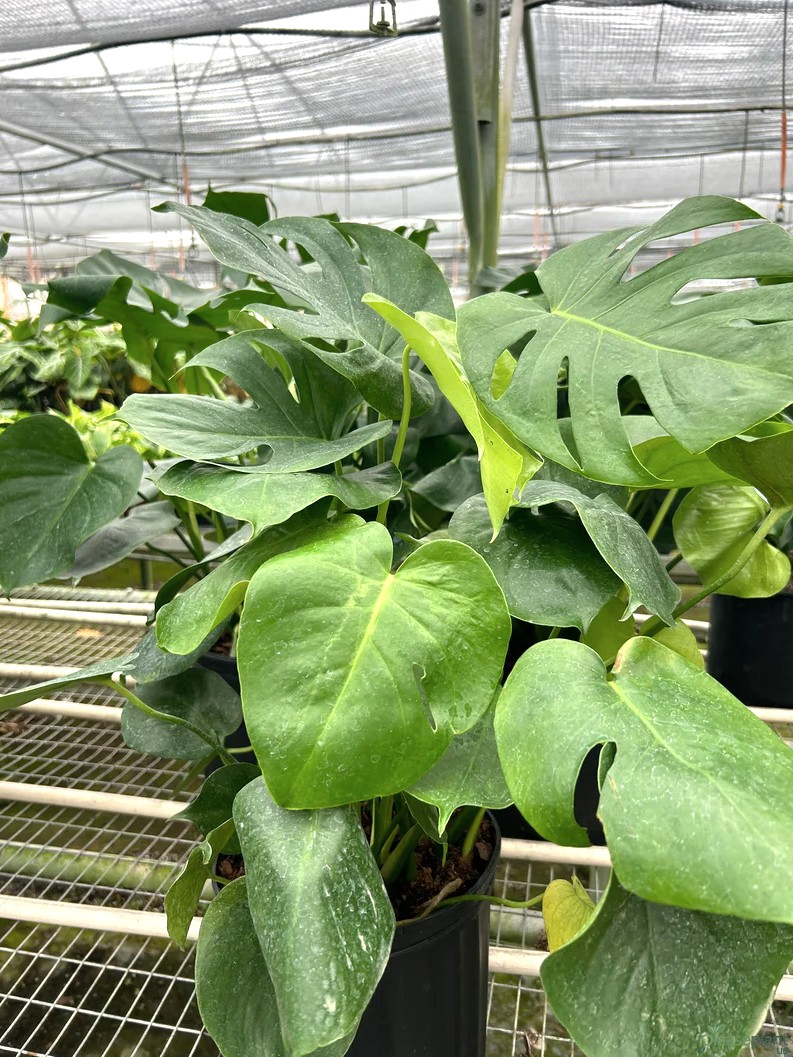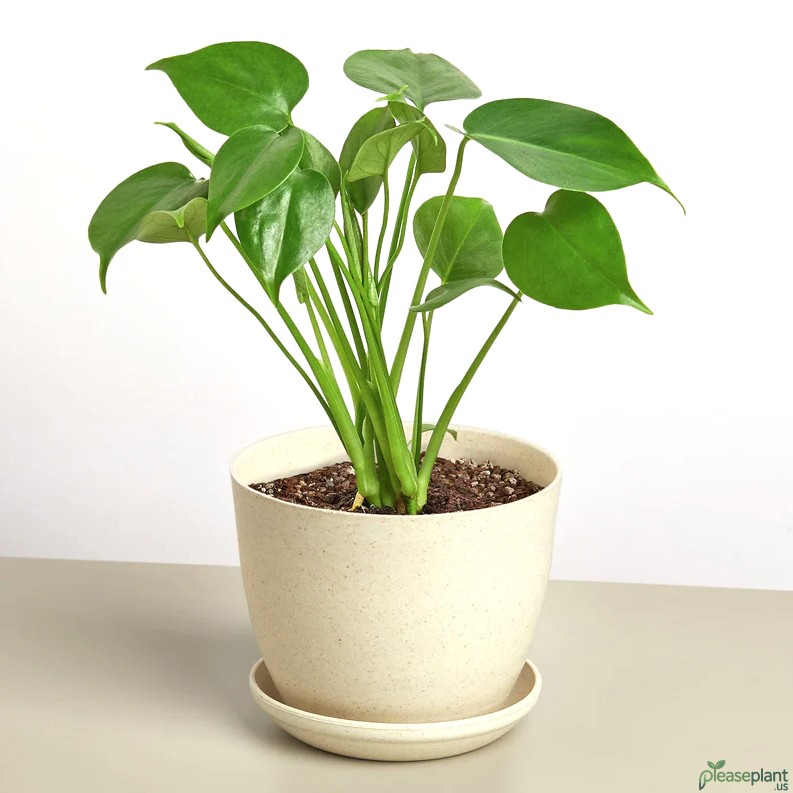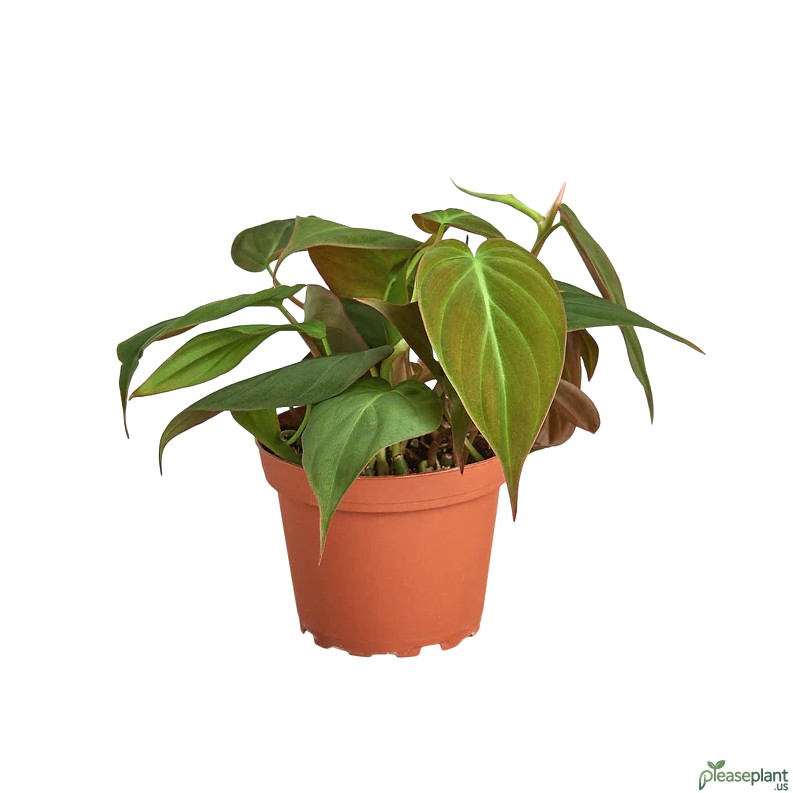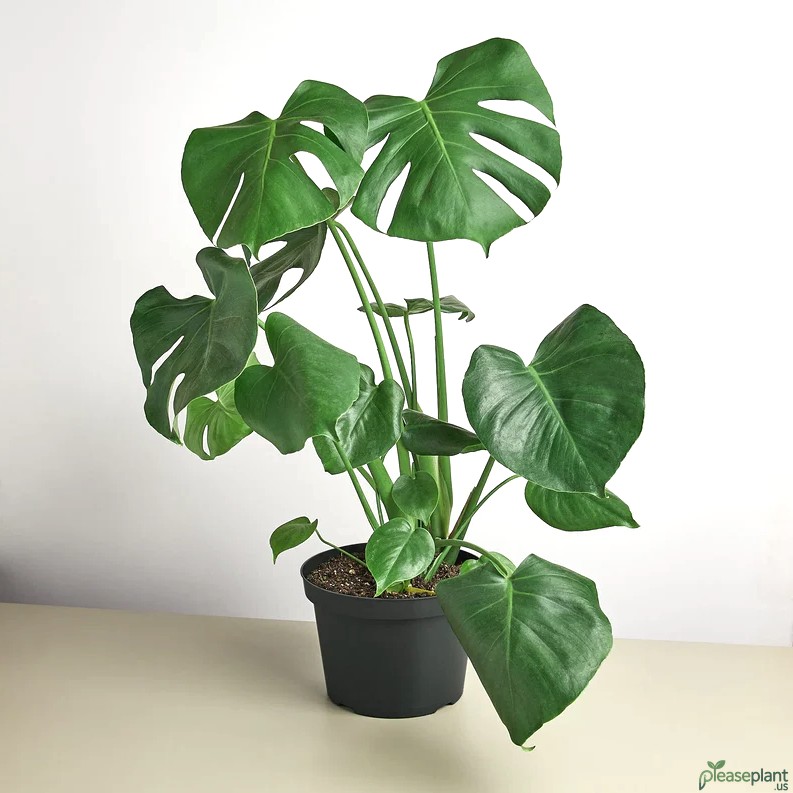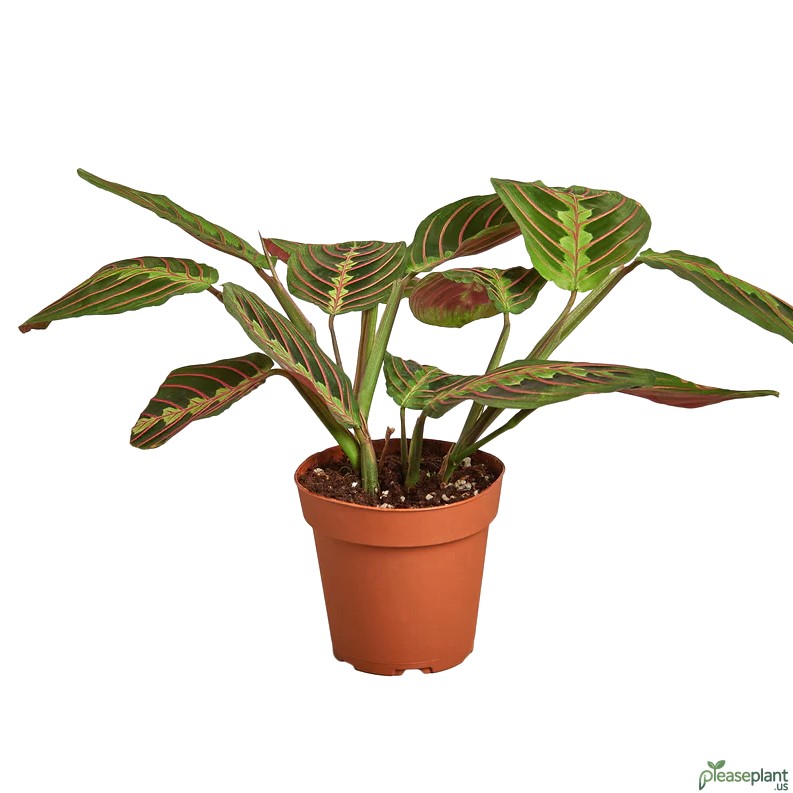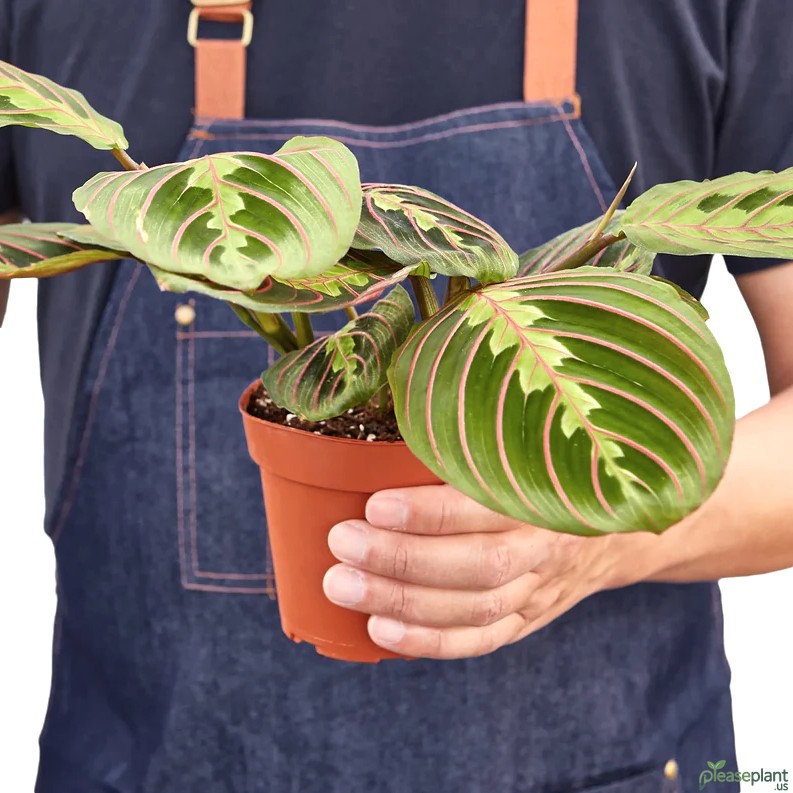Ever wondered why the Philodendron Monstera Split-Leaf - Deliciosa Plant carries such a hefty price tag? This tropical wonder isn’t just another leafy plant; it’s a statement piece with a story. From its unique leaf patterns to the care it demands, many factors influence its cost. Whether you're a budding plant enthusiast or just curious about why some houseplants break the bank, let's dive deep into what drives the price and if it's truly worth the green in your wallet.
Let's Talk About That Price Tag
So you’ve spotted a Philodendron Monstera Split-Leaf - Deliciosa Plant in a nursery or online, and your jaw dropped faster than your last attempt at pruning. Why on earth does a plant with big holes in its leaves cost that much? Well, buckle up because this isn’t just any leafy green. The Monstera is like the rockstar of the houseplant world and, as with any celeb, the price reflects its status.
What Makes the Monstera So Special?
First off, those iconic split leaves aren’t just for show. It takes years for a Monstera to develop that perfect fenestration" class="text-primary hover:underline">fenestration - those natural holes and splits - which is what plant lovers drool over. The longer you nurture it, the more dramatic and beautiful the leaf patterns become. This slow growth means nurseries can’t churn them out like daisies in spring. Plus, the demand has exploded recently, turning these plants into hot commodities, especially the variegated or rare types.
The Growing Challenge
This isn’t a "grab and go" plant. The Philodendron Monstera Deliciosa needs specific humidity, indirect light, and careful watering routines to thrive. If you’ve ever tried to keep one alive, you know it’s a bit of a diva. That delicate balance makes production and shipping riskier. If a nursery loses 20% of their stock during transport or early growth stages, they have to hike prices to cover the losses. So, that price tag includes not just the plant but the careful attention it demands.
Why So Much for a Single Leaf?
You might wonder, "Isn’t it just a plant?" But the Monstera isn’t just any greenery; it’s a symbol of style and sophistication for many. When you pay for a Monstera, you're also investing in the story it brings to your home – the tropical vibes, the lush jungle feel, and the bragging rights among your plant pals. And yes, sometimes you’re also paying for the nursery’s shipping costs, import taxes, and the fact that these beauties don’t grow on trees (literally).
Can You Find cheaper alternatives?
Sure, there are cheaper plants with similar looks, like some philodendrons or Swiss cheese plants, but none quite capture the Monstera’s charm. Just like a classic vinyl record isn’t the same as a digital playlist, the Monstera brings a unique vibe. But if budget’s tight, starting with a smaller cutting or a less mature plant might be a clever way to get in the game without selling your soul.
A Little Story From My Garden
I remember buying my first Monstera cutting for a modest price, only to see it grow into a majestic centerpiece over a few years. It required patience, a little trial and error, and occasional pep talks (don’t judge me). That slow but steady growth is what makes owning a Monstera so rewarding. And yeah, it makes you understand why people shell out big bucks for a plant that’s almost like a living piece of art.
Wrapping It Up, But Not Really
So, the next time you see a Philodendron Monstera Split-Leaf - Deliciosa Plant with a price that makes you blink twice, remember it’s not just about leaves. It’s about rarity, care, demand, and a bit of plant magic. If you’re ready to add a touch of wild elegance to your space and don’t mind investing some love (and cash), the Monstera might just be your perfect green companion.

